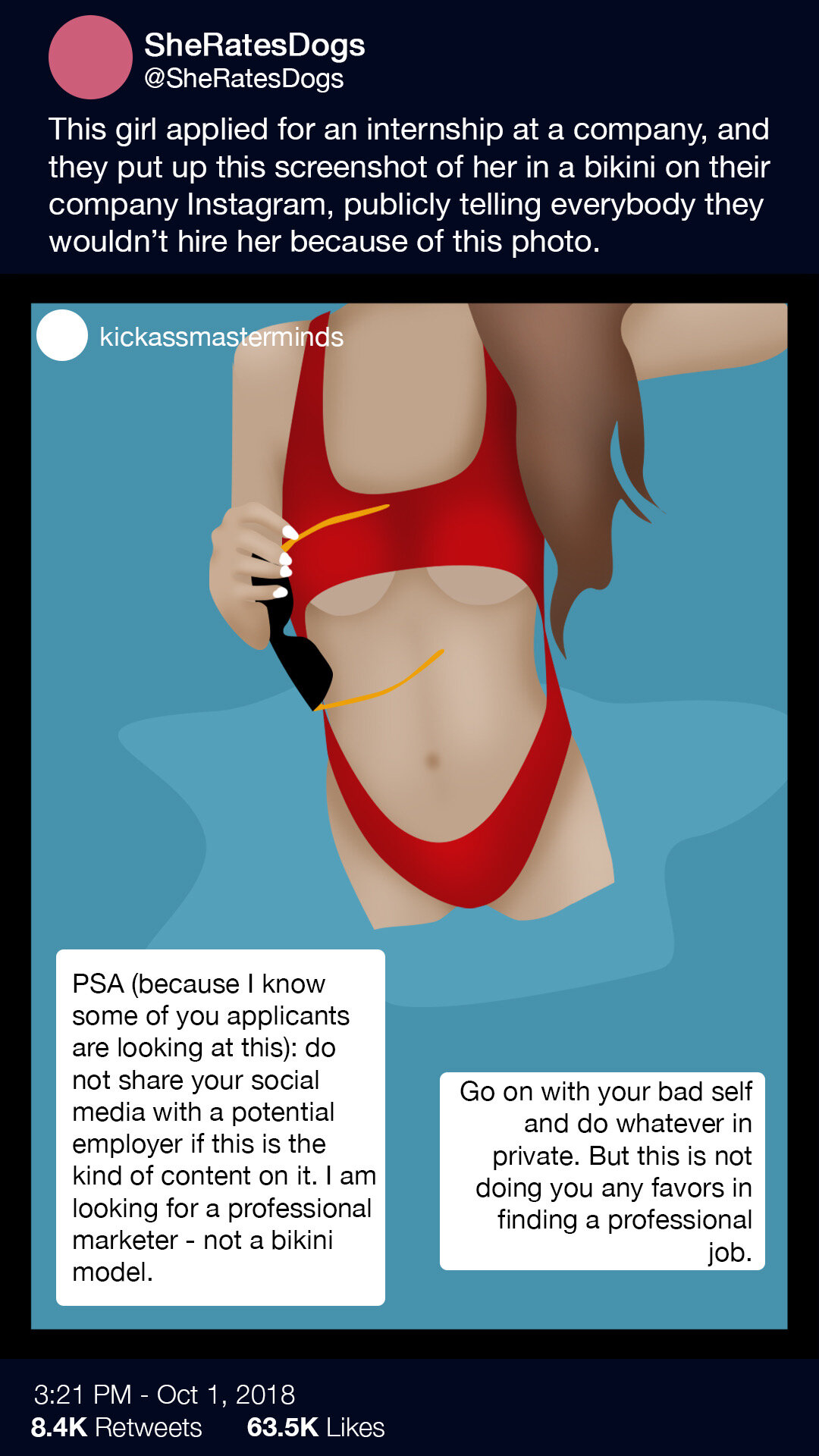
Research Projects
The Rhetorical Power of Appearance: An Archival Study of Beauty Ideals
My dissertation draws from embodied rhetorics and feminist theory to analyze how race, gender, and sexuality impact rhetorical constructions of beauty and, in turn, women’s rhetorical styling choices. I consider how beauty ideals are a form of epideictic rhetoric that have been rhetorically crafted, circulated, resisted, and queered through their circulation. My first body chapter analyzes how the only two archived UMD etiquette books, “To Do Or Not To Do,” from 1937 and 1940 instruct women students on how to dress and style themselves for class, dates, and dances. My second chapter delves into the advertising and marketing boom of the 1950s, examining digitized issues of Ebony to consider how bleaching cream advertisements perpetuated white-centric beauty ideals, which is in direct contrast to Ebony’s beauty-related articles and exposés. Jumping forward to the twenty-first century, my third body chapter contends that NikkieTutorials, a transgender YouTube beauty guru, uses YouTube as an archive and a safe space to confront gendered beauty ideals in ways that express her embodied identity. Ultimately, I argue that beauty ideals are epideictic rhetoric that prioritize whiteness and heterosexuality; further, styling oneself in a particular way allows rhetors to assert their embodied identity, conform to or resist gender roles, and craft their selected ethos. Thus, my dissertation intervenes in scholarly conversations about embodiment and rhetorics of display (Prelli; Chun; Mckoy) to posit that beauty ideals and one’s outward appearance hold significant rhetorical weight.
Technofeminism, Twitter, and @SheRatesDogs’s Counterpublic Rhetoric
Computers and Composition, vol. 69, Sept. 2023, doi.
This article analyzes the Twitter account @SheRatesDogs to determine if and how it rhetorically constitutes a technofeminist counterpublic. Ultimately, this essay argues that SheRatesDogs is a technofeminist counterpublic because it brings together Twitter users who want to end harmful, volatile, and sexist online discourse. The counterpublic uses common themes—humor, anger, and calls to action—to promote the public’s awareness of these harmful discourse norms and to successfully demand institutional change from businesses and universities
NikkieTutorials’s YouTube Channel: An Archive and a Safe Space
In preparation for submission
In this adaptation of a dissertation chapter, I posit that Nikkie’s YouTube channel is self-curated, meaning she has agency as her own personal archivist to create, publish, delete, and manage her content. Thus, when YouTubers scroll through her videos, viewers see the version of herself that Nikkie chooses to present to the world. I argue that Nikkie, as the archivist, has the power to determine the ethos her YouTube channel presents, similarly to how she, as a makeup artist, can apply a makeup look that aids in curating her ethos. Nikkie carefully, rhetorically selects what videos she posts, what information she shares, and what life details she keeps private; in doing so, Nikkie shapes her ethos as a creator while also crafting a discourse community by guiding conversations on her channel about makeup and queerness, in turn creating what she calls a “safe space.”
“Isn’t She Lovely?”: A Rhetorical Analysis of Cosmetics Advertisements from the Long 1950s
My MA thesis explores how cosmetics advertisements in Ladies’ Home Journal (LHJ) and Ebony both mirrored and shaped the culture of the long 1950s (1945-1963) and attempted to influence people’s perceptions of women. The cosmetics advertisements found in LHJ sell a fantasy of fame, sexual pleasure, and domestic bliss to craft fantasies for their readers, they and ultimately create an unobtainable beauty ideal for white women. The cosmetics advertisements in Ebony use racial appeals to craft beauty ideals not based on white standards, and promote products created by African American women for African American women to suggest racial pride. This study works to reclaim cosmetics from its trivialized, superficial stereotype to prove how makeup is rhetorical.



